These days anywhere and everywhere you look you only come across articles that talk about ‘super foods’, ‘power foods’, ‘foods to help lose weight’, ’10 best foods’ ..so on and so forth. If you haven’t noticed it, then my friend you have not been looking! 🙂 I think all this is really positive…people are certainly beginning to engage more in the conversation around healthy eating. Awareness around healthy eating habits in general has been increasing and an increasing number of folks are beginning to at least distinguish ‘junk/fast foods’ from healthful foods. I also began paying more attention to the components of my family’s diet only since the last 5-6 years as I wanted to make sure I fed my young kids the best way I could. But sometimes too much information does make you feel a little overwhelmed. ! So here is my attempt to simplify some of the information that is floating around us and ….mind you, this is by no means an exhaustive research paper but I have looked at some credible resources (sources are appropriately cited below).
To begin with let’s start with the concept of the ‘Healthy Eating Plate’. Nutrition experts at Harvard School of Public Health designed this concept to address deficiencies in the U.S. Department of Agriculture (USDA)’s MyPlate 1. The Healthy Eating Plate provides detailed guidance, in a simple format, to help people make the best eating choices and it gives you a holistic approach to your entire diet plan vs just focusing on some ‘healthy foods’ . What I have attempted to do here is to combine this ‘full plate’ approach with the evidence that I could gather on ‘healthful’ foods so that we can identify certain important foods to then include within each of the four main categories identified in the ‘Healthy Eating Plate’. The picture below shows what your ‘healthy plate’ would be like. (I created this photo collage using the Harvard School of Public Health’s Healthy Eating plate chart since I am more of a ‘pictures’ person than a ‘chart’ person 🙂 ) Along with eating right and eating ‘quality’ foods, it is equally important to exercise and ‘stay active’ and that should be an integral part of your diet plan.
Vegetables and Fruits : 50% of the plate
Veggies and Fruits should constitute about 50% of your plate or your meal. Eat a variety of types and colors of produce in order to give your body the optimal mix of nutrients it needs. Try dark leafy greens; brightly colored red, yellow and orange vegetables and fruits. Remember that ‘potato’ is not a vegetable. 🙂
Now Sweet potato on the other hand is a healthy choice and is packed with nutrients.  It contains Vitamins A,B6 and C and also magnesium, which is the relaxation and anti-stress mineral 3,11.Not only do they taste great, but they provide some surprising health benefits! How sweet! 🙂
It contains Vitamins A,B6 and C and also magnesium, which is the relaxation and anti-stress mineral 3,11.Not only do they taste great, but they provide some surprising health benefits! How sweet! 🙂
Broccoli is another important vegetable to have around the house -Besides being a good source of folate, broccoli also contains phytonutrients(compounds that may help prevent chronic diseases, such as heart disease, diabetes and some cancers).  Broccoli is also an excellent source of vitamin C — an antioxidant that protects your body’s cells from damage. It is also a great source of vitamin A and is linked to preserving eye health 2.
Broccoli is also an excellent source of vitamin C — an antioxidant that protects your body’s cells from damage. It is also a great source of vitamin A and is linked to preserving eye health 2.
 Beets are another important vegetable that is often times overlooked. But this has amazing health benefits-These colorful root vegetables contain powerful nutrient compounds that help protect against heart disease, birth defects and certain cancers, especially colon cancer.It is now believed that beets could be one reason behind the longevity and healthy lives of Russians historically 10.
Beets are another important vegetable that is often times overlooked. But this has amazing health benefits-These colorful root vegetables contain powerful nutrient compounds that help protect against heart disease, birth defects and certain cancers, especially colon cancer.It is now believed that beets could be one reason behind the longevity and healthy lives of Russians historically 10.
Apples are a good source of soluble fiber, which can lower blood cholesterol and glucose levels.  Fresh apples are also a good source of vitamin C — an antioxidant that protects your body’s cells from damage2 .
Fresh apples are also a good source of vitamin C — an antioxidant that protects your body’s cells from damage2 .
Another great food to eat more of is ‘blueberries’.  Scientists have shown that blueberries are also loaded with phytonutrients. Blueberries may also improve short-term memory and promote healthy aging 2.
Scientists have shown that blueberries are also loaded with phytonutrients. Blueberries may also improve short-term memory and promote healthy aging 2.
Some tips to incorporate more veggies and fruits
in your daily diet:
1.Keep them close at hand: For instance every morning,
get a stack of fresh fruits out of the fridge and onto your
dining table or kitchen counter where you cannot miss them.
While packing lunches, pack small snack portions of munchable
veggies like baby carrots or cucumber etc.
2.Mix 'em up!: Try to mix various combination of veggies
and fruits into your salads. Fruits like kiwis,oranges,apples,
pears, mangoes and even papayas can really perk up an ordinary
salad.
3.Make it a routine!: Make a habit of eating freshly cut
vegetables like lettuce, tomato, cucumber,beets before every meal
and fresh fruits after every meal.Once you make this a rule
around the house, its amazing how everyone in the family
quickly warms up to this idea and gets used to this.
4.Soup, Blend or Top!: I find that making soups out of a
mix of veggies is an easy way to get your family to complete
their veggie targets for the day. Blend veggies and use the
puree to make home-made breads like rotis or paranthas. Healthy
fresh vegetable and fruit juice blends are another way - let
your kids pick any combination and try different blends! Making
home made pizzas with different veggie toppings is another way of
doing that making them more motivated to eat the veggies.
5.Try new recipes using different vegetables that you
have never tried before - More than likely your family
will enjoy the variety.
Healthy Carbs: 25% of the plate
The quality of the carbohydrates you eat is as important as the quantity. Refining wheat creates fluffy flour that makes light, airy breads and pastries. But there’s a nutritional price to be paid for refined grains. The process strips away more than half of wheat’s B vitamins, 90 percent of the vitamin E, and virtually all of the fiber4. Many studies, including some from several different Harvard teams, have shown that eating whole grains results in better health including lower risk of cardiovascular disease and diabetes 4. Studies also suggest that eating whole grains may protect against cancers of the colon6.
Bottom line: Include Whole grains—whole wheat, barley, wheat berries, quinoa, oats, brown rice, and foods made with them, such as whole wheat chapatis or rotis (Indian flatbread), whole wheat pasta in your diet and limit use of refined grains and flour.Parboiled rice is another healthier option to white rice since it is processed differently as compared to regular white rice resulting in more fiber and nutrients being retained in the parboiled rice7. You can read more about parboiled rice here
Proteins: 25% of the plate
Seafood, chicken, beans, and nuts are all healthy, versatile protein sources—they can be mixed into salads, and pair well with vegetables on a plate. The best animal protein choices are fish and poultry. If you are partial to red meat, such as beef, pork, or lamb, stick with the leanest cuts, choose moderate portion sizes, and make it only an occasional part of your diet, and limit or avoid the use of processed meats such as bacon and sausage.
Vegetable sources of protein, such as beans, nuts, and whole grains, are excellent choices, and they offer healthy fiber, vitamins, and minerals.
 Nuts like almonds and walnuts are a great source of healthy fat and are excellent sources of protein and other healthful nutrients. Research has shown that people who regularly eat nuts are less likely to have heart attacks or die from heart disease than those who rarely eat them. Several of the largest cohort studies, including the Adventist Study, the Iowa Women’s Health Study, the Nurses’ Health Study, and the Physicians’ Health Study have shown a consistent 30 percent to 50 percent lower risk of myocardial infarction, sudden cardiac death, or cardiovascular disease associated with eating nuts several times a week 5. One word of caution though : Do not splurge on nuts in addition to your usual calorie intake!. At 185 calories per ounce, a handful of walnuts a day could add more pounds on your body if you don’t cutback on something else.
Nuts like almonds and walnuts are a great source of healthy fat and are excellent sources of protein and other healthful nutrients. Research has shown that people who regularly eat nuts are less likely to have heart attacks or die from heart disease than those who rarely eat them. Several of the largest cohort studies, including the Adventist Study, the Iowa Women’s Health Study, the Nurses’ Health Study, and the Physicians’ Health Study have shown a consistent 30 percent to 50 percent lower risk of myocardial infarction, sudden cardiac death, or cardiovascular disease associated with eating nuts several times a week 5. One word of caution though : Do not splurge on nuts in addition to your usual calorie intake!. At 185 calories per ounce, a handful of walnuts a day could add more pounds on your body if you don’t cutback on something else.
Red beans, including small red beans and dark red kidney beans are also an excellent low-fat source of protein and dietary fiber2. In addition they are a good source of iron, phosphorus and potassium.
Calcium sources:
Another thing our body needs is Calcium. Good sources of calcium include dairy products, which have the highest concentration per serving of highly absorbable calcium, but there are also other non-dairy sources such as dark leafy greens or dried beans, which have varying amounts of absorbable calcium. Also Calcium supplements often contain vitamin D; taking calcium paired with vitamin D seems to be more beneficial for bone health than taking calcium alone.
And last but not least, things to be consumed in moderation:
Oils and Butter: In general limit the use of oil and butter and use healthy natural sources of fat and oil over low fat or processed products. Plant based oils like olive oil, peanut oil and coconut oil are better than heavily processed oils called as ‘vegetable oils’ which are in fact artificial products 8,9.
Sugar – Cut down on sugary drinks and artificially sweetened juices. Drink more water and or green tea instead. Add healthy alternatives like Maple Syrup and honey to your tea and coffee.
In summary, these 10 tips for health eating (by the Harvard School of Public Health) are great to perhaps print and paste on your fridge! – http://www.hsph.harvard.edu/nutritionsource/2013/11/06/healthy-eating-ten-nutrition-tips-for-eating-right/
Bon Appetit! 🙂
References:
1.http://www.hsph.harvard.edu/nutritionsource/healthy-eating-plate/
2. http://www.mayoclinic.org/health-foods/sls-20076653
3.http://www.care2.com/greenliving/9-reasons-to-love-sweet-potatoes.html#ixzz2sOHVWUuX
4.http://www.hsph.harvard.edu/nutritionsource/what-should-you-eat/health-gains-from-whole-grains/
5.http://www.hsph.harvard.edu/nutritionsource/nuts-for-the-heart/
6.http://blog.aicr.org/2010/08/
7.http://healthyeating.sfgate.com/benefits-parboiled-rice-7618.html
8.http://www.hsph.harvard.edu/nutritionsource/what-should-you-eat/fats-and-cholesterol/
9.The Good Fat Cookbook, Fran McCullough
10.http://www.whfoods.com/genpage.php?tname=foodspice&dbid=49
11.http://www.whfoods.com/genpage.php?tname=foodspice&dbid=64

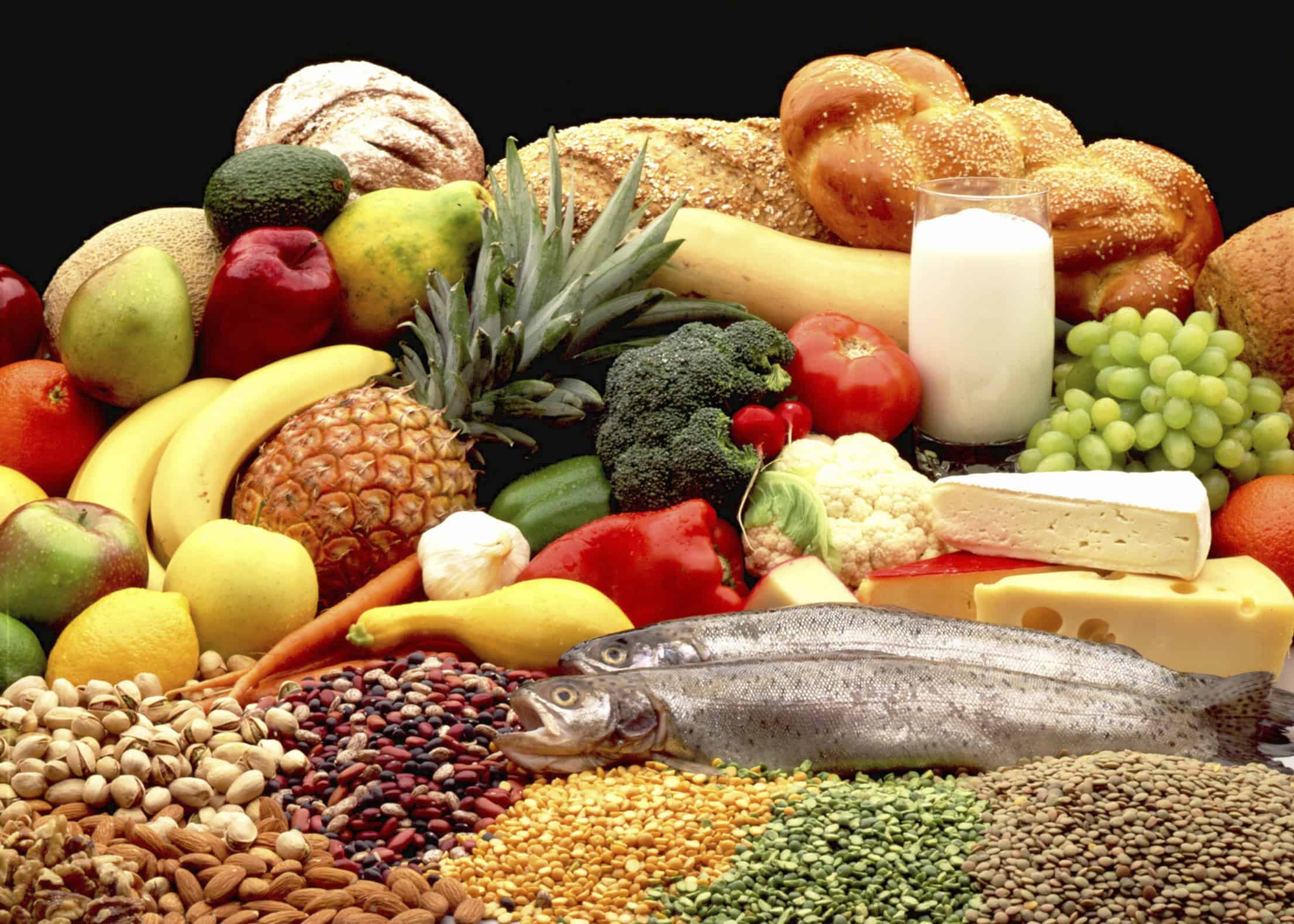


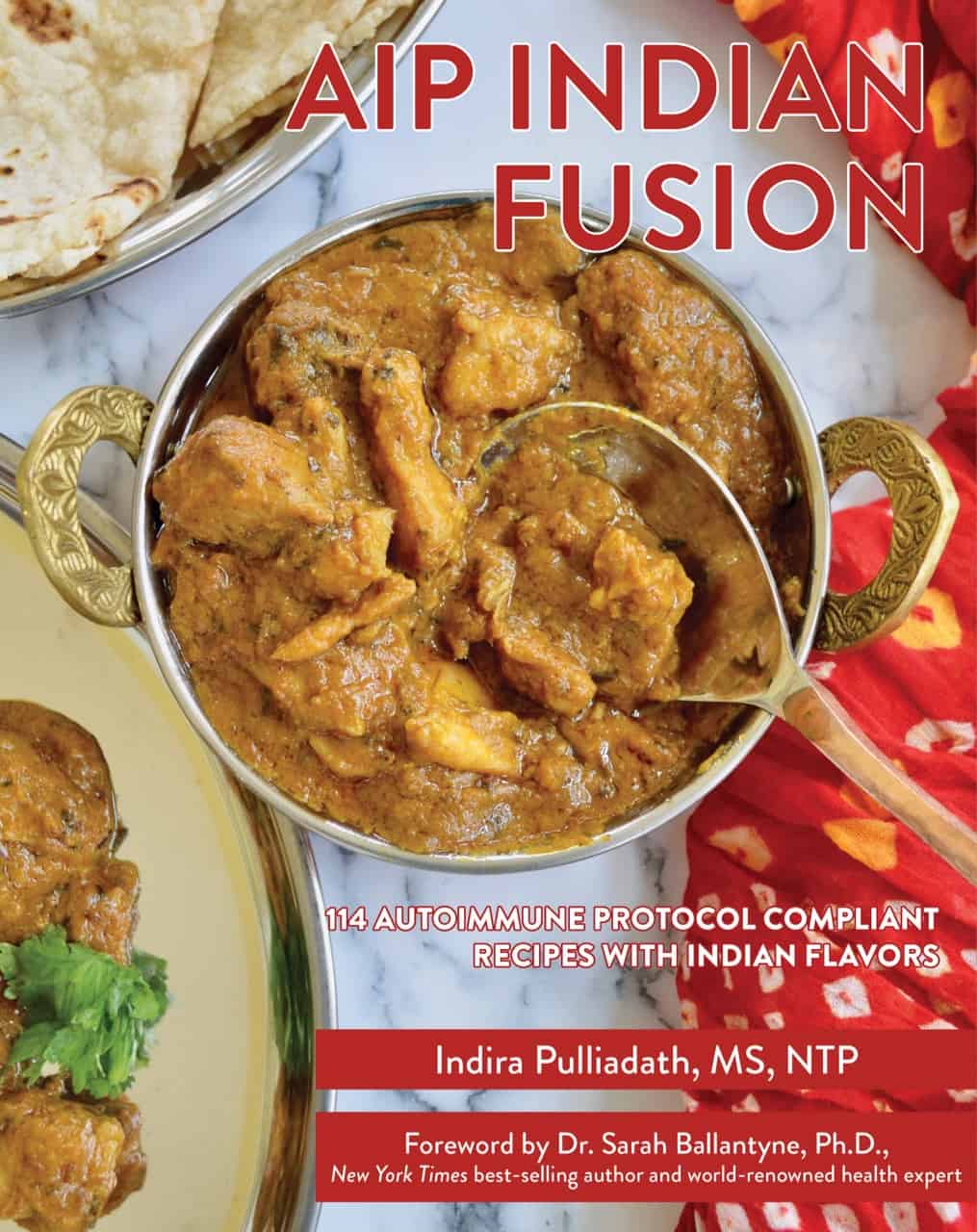

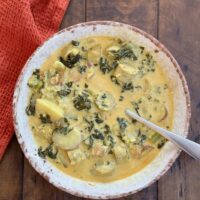
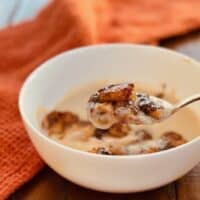
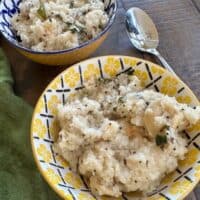

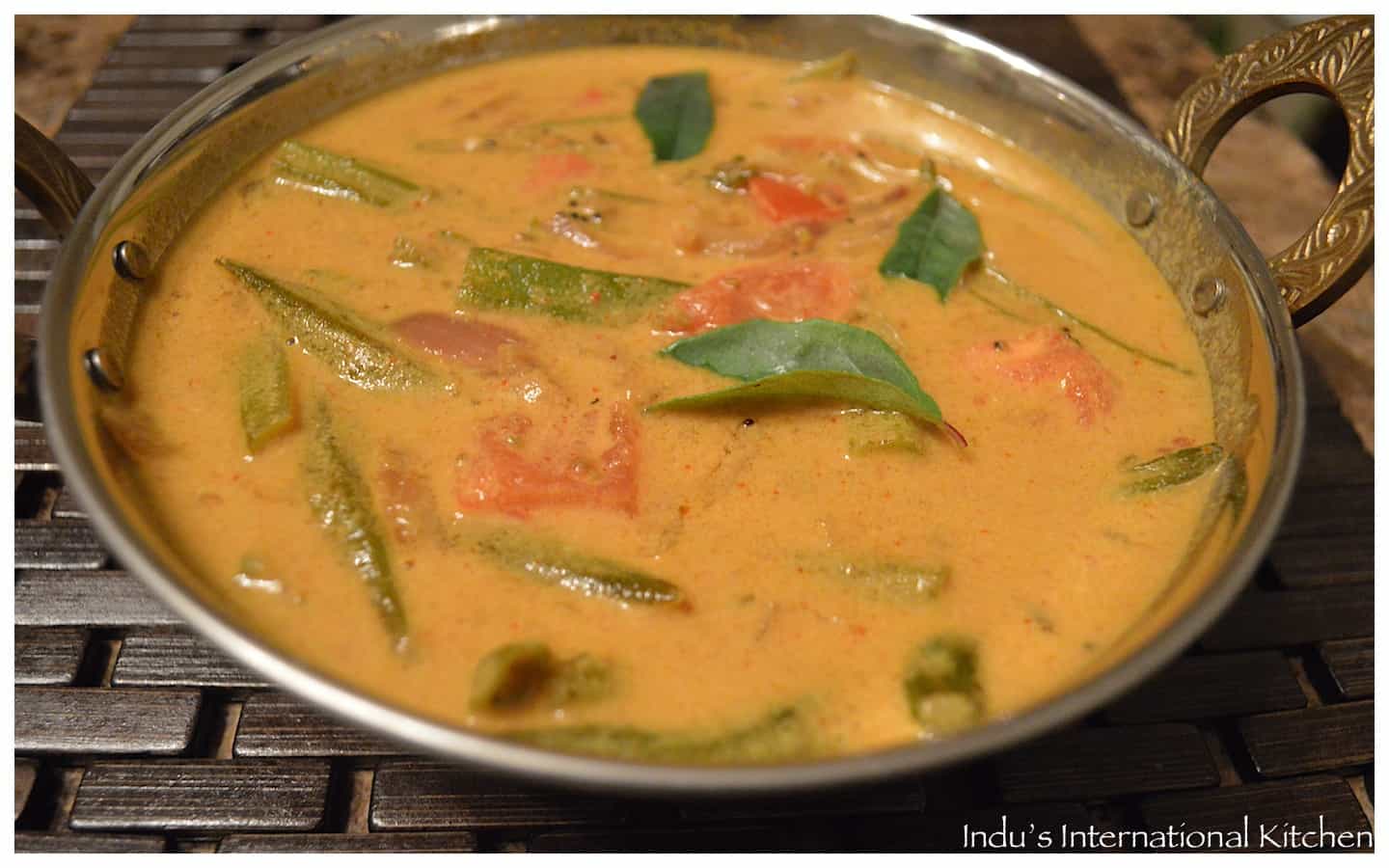

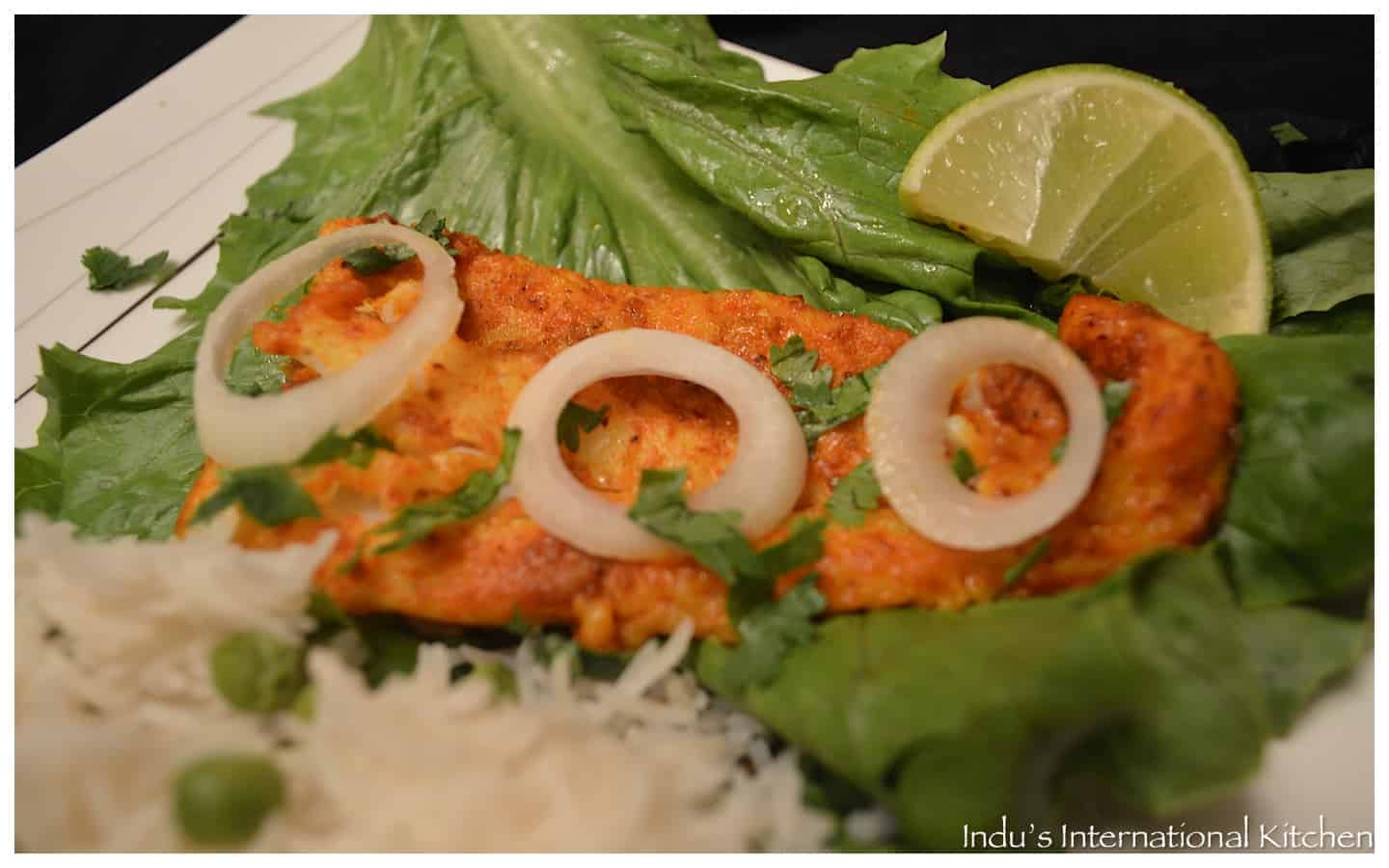


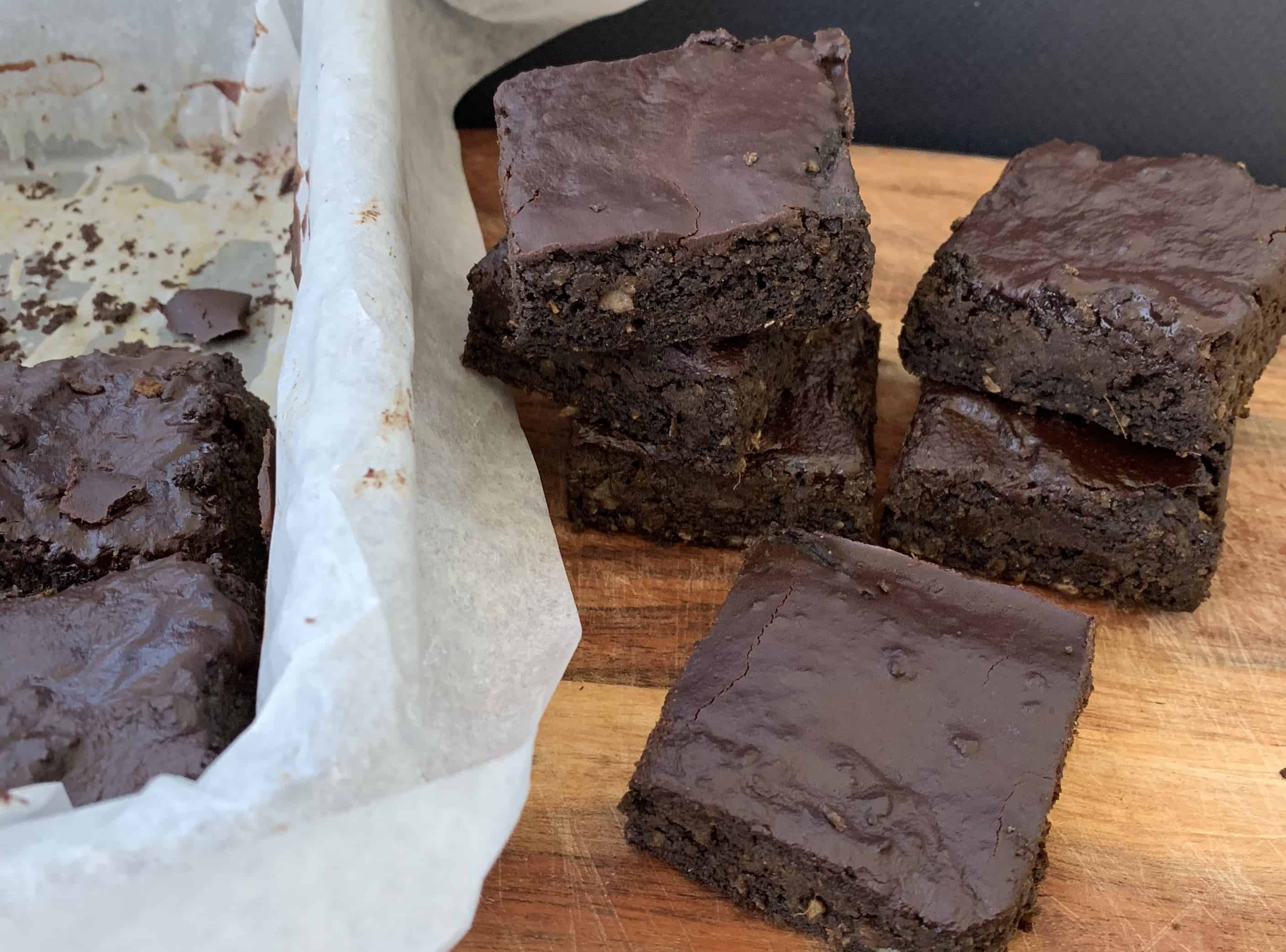
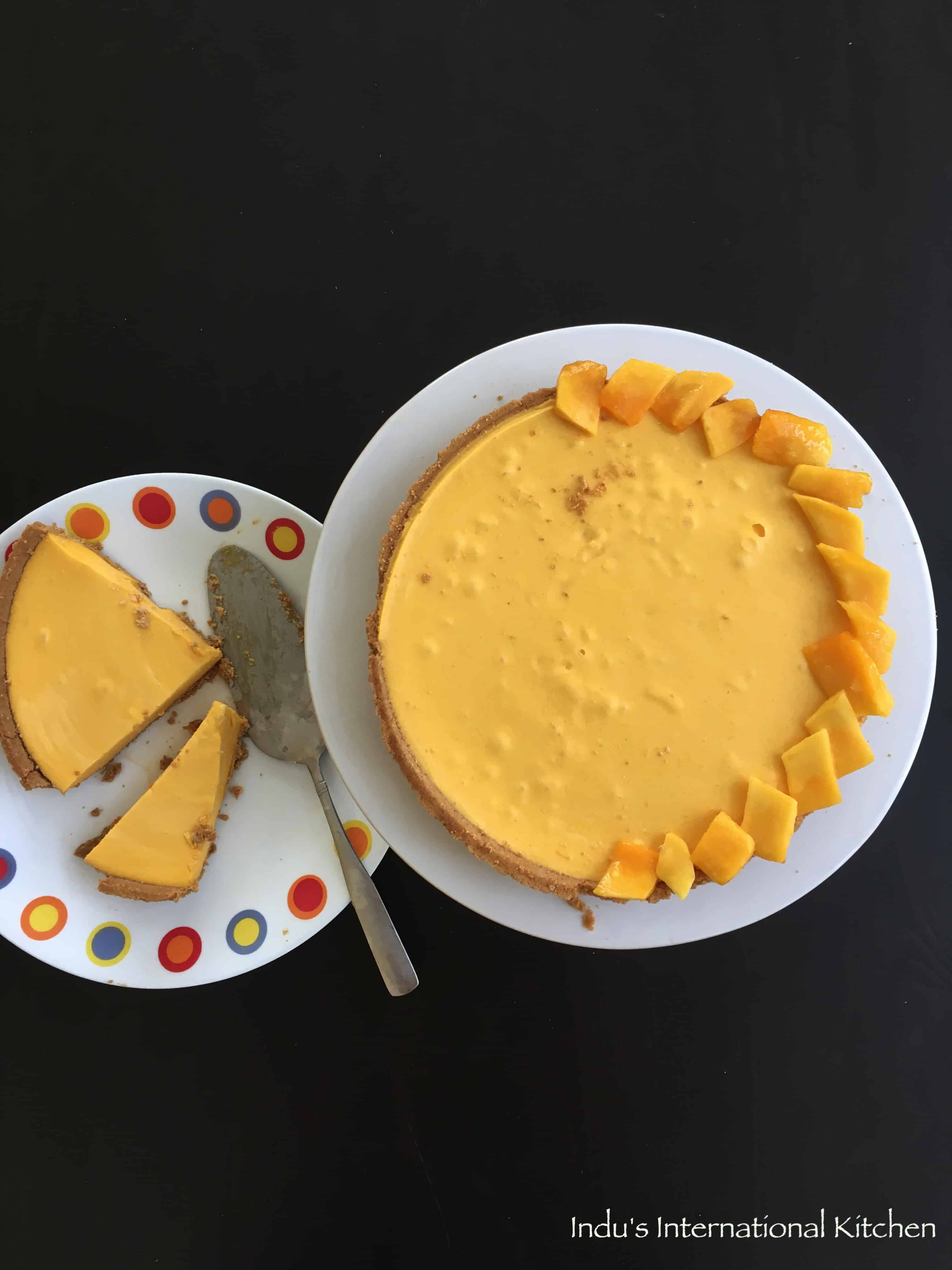
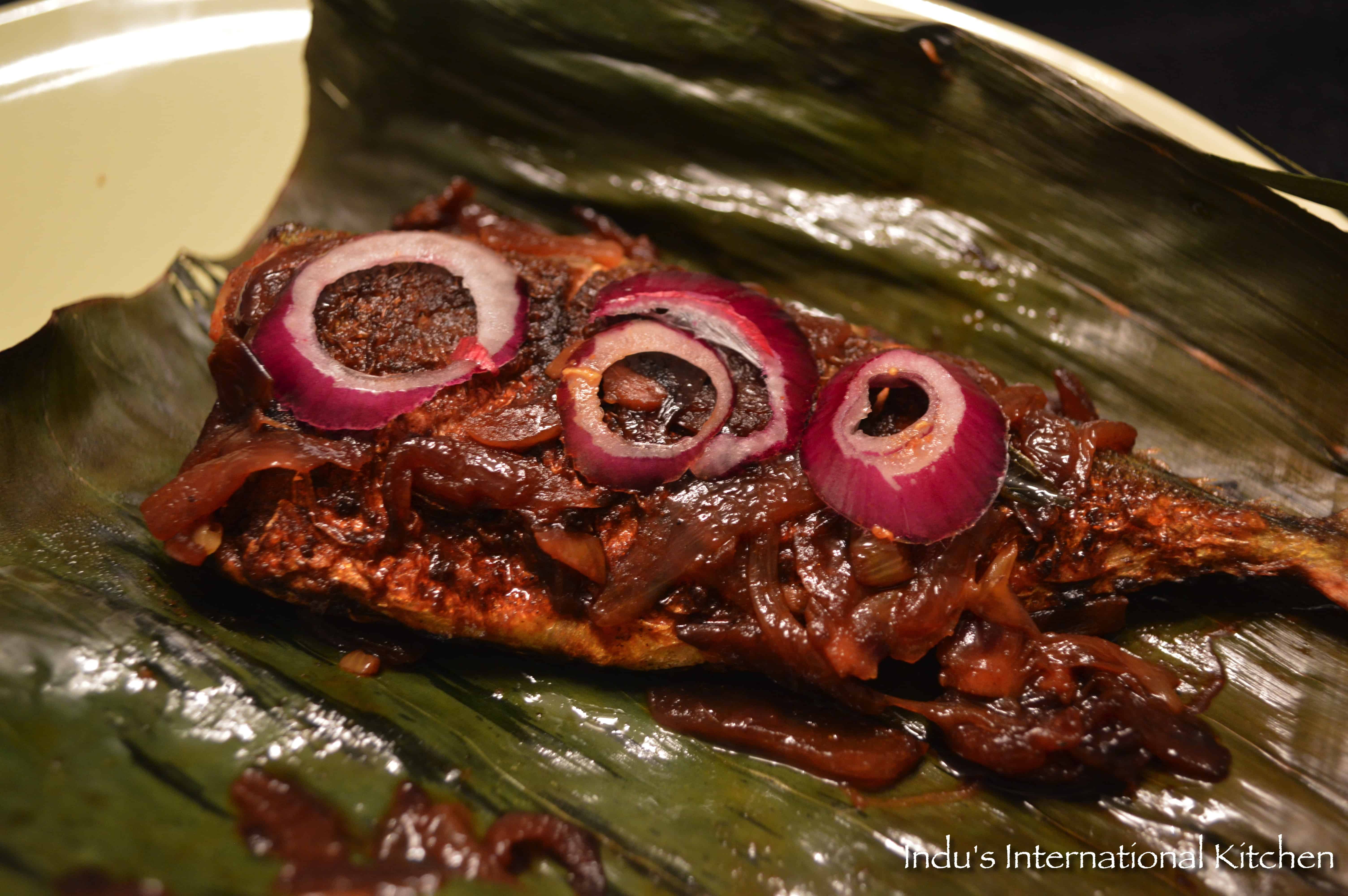
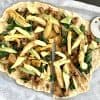

[…] benefits of beets in several of my posts before, so will not do so again. But you could check this post. I also added the beet greens this time along with the beets. Tasted simply wonderful with plain […]
Very informative post, thank you! Whole grains can often have more flavor than proceeded, win-win!
yes absolutely that’s so true! Having changed to whole grain bread several years ago, I cannot bring myself to ever buy or eat white bread now!
Good job Indu compiling all these information in a single place. Very informative 🙂 Keep up the good work.
thanks Beena! 🙂
This is a wonderful resource! Thanks.
You are welcome! 🙂 I am glad you find it useful.
Indu, thank you very much for the detailed information.
You are very welcome! 🙂
Thank you for all these informations!
You are welcome, Margherita! 🙂
I have been getting regular emails from choosemyplate.com – it is a great source for all kinds of material that you have described geared towards children of all ages, professionals, dieters (me) or educators. We no longer have the “pyramid” but these new dietary guidelines first introduced by Michelle Obama back in 2011. I even posted one of their salad recipes on my blog last year. Good job Indu 🙂
thanks Judy for your comments! Yes we no longer have the old ‘pyramid’ guidelines that still many folks probably don’t know yet. And thanks for the ‘Choosemyplate.gov’ resource. I had seen it once but forgotten to bookmark it. I will check it out now. So thanks for reminding! 🙂
You are welcome 🙂
Lots of great info, thank you 🙂 this is how I live my life. It never ceases to amaze me though how people can be missing the healthy eating messages that are our there constantly nowadays, but when I’ve asked certain people, they just say that they don’t register it or read about these things because they’re not of interest!! I just don’t get how people can miss it all!!
thanks Elaine. thanks for your comments. You are exactly right – There are still a number of folks who either don’t understand the importance of a healthy diet or think that a diet has to be one which deprives you of your favorite foods. Some folks also simply ignore it thinking it would mean a ‘lot of work’ and that they don’t have the time for it. Which is just not true at all…
Absolutely not!! It’s all barriers and excuses..
yup…agree.